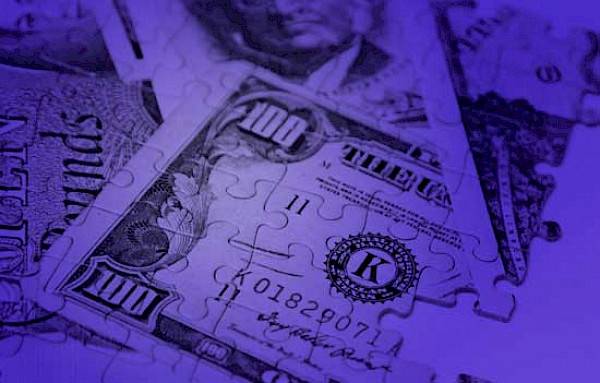Episode transcript The transcript is generated automatically by Podscribe, Sonix, Otter and other electronic transcription services.
Ricardo (4s): Hello, everyone. Welcome to the five Minutes PM. Podcast Today. I like to share with you one very important concept that many people, disregard is currency fluctuation. So many times when we take a look on this global project, there is a very strong influence of different markets and the value of different Currencies. So many times we take a very simplistic approach when we are budgeting projects. So what do we do? Let's suppose we are in the United States in, we need to import something that comes from the United Kingdom in Sterling pounds.
Ricardo (45s): What do we do with take a look and say, okay, that equipment will cost $1 million. Okay. Let's move to supply, buy the currency today. And then it will be a $1.2 million. And then you put this in your spreadsheet, in your head budget, and that's it. What happened tomorrow? There is a political risk or there is, something related to UK economy or US economy. And then one of these Currencies changes for five or 6%. This is quite normal. If you take a look and you go okay for the web today to see the fluctuations. So we saw this year, for example, a quite relevant drop on Sterling pound.
Ricardo (1m 29s): So we see some fluctuations between the Euro, the Yuan, the Chinese Yuan. So you have all this complexity and, what do you need to understand that you may find different ways to Project your Project against this kind of fluctuation. Remember? Okay. I don't expect that any of you that are listening has the power to control currency. So you are like me, you need to create some kind of forecast, create some kind of prediction and make better decisions. So the first thing you should do, its what is the impact different Currencies in my Project.
Ricardo (2m 9s): So for some of you, this is a zero problem. Let's suppose that you are in the US all suppliers are Americanequipaments are American. There is no influence at all. So you don't need to take any specific actions to protect yourself, but this is become more and more scarce because parts of your product we'll be produced it in China, parts of the services, will come from another country. So you need to understand how you can takle and organize that. So if the relevance of other Currencies is very high, so let's suppose that 30 or 40% of your Project, you are buying things in other countries where this kind of relation can affect your budget, can affect your business plan.
Ricardo (2m 59s): The business case that justify at that Project. So one of the, I'm not saying simple, but one of the most common ways of sorting out this problem is towards some kind of insurance that we call hedging. So what is a hedging? It's a way of reducing your risk by redefining an exchange rate. With a financial institution that will sell this kind of product too. You like an insurance So let's suppose that one of your products that is very relevant to your Project will arrive in nine months from now.
Ricardo (3m 40s): And let's supose that this product will come for example, you were in the U S and the us dollars, and you are important from Germany in euros. Then what you can do, if you see that this volatility, may occour and that you see that there is an instability in one of these two environments or this two currencies, So what you can do. You can go to a financial institution and create a hedge and say, look, what I want you a financial institution is that on that date, the maximum exchange rate I will pay between the U S dollar in the euro is 1.13 means 1.13, us dollars for Europe.
Ricardo (4m 27s): And if in reality, the euro becomes 1.8 who will pay this difference is the financial institution that sold to you, that insurance, of course, they will charge a premium for you to do that. So you pay a premium to be protected on your currency. This is a clear and typical hedge operation, why I'm telling you this. I know that you you're listening that then you say, but this is a role of the CFO, the chief finance officer. Yes, this is the role, but I expect that you, as the project manager has a much more holistic view of your role.
Ricardo (5m 8s): Your role is not only ticking boxes. Your role is to understand how the risks can impact your project and find ways of solving this problems and advising and go to your finance department. And tell them, look, this three or four products, there are a massive risk for us. We need to identify together. And of course the finance department contains the experts on this kind of operations, but you need to help them to understand. What will be the relevance of this kind of product and services in your project?
Ricardo (5m 47s): You cannot just sit and wait because our role is, this is proactive is to look to that. So think about this even more. When we see this kind of fluctuation that we are facing today, and there is no way we can be free of this kind of fluctuation, then your Project with 3, 4, 5%, will be over budget easily. And this is just because of this externality and not even talking about the other problems that you are Project will have. So this is something you need to be very careful and very thoughtful. I hope you enjoy this podcast and tune in next week with another five minutes of PM podcast.

